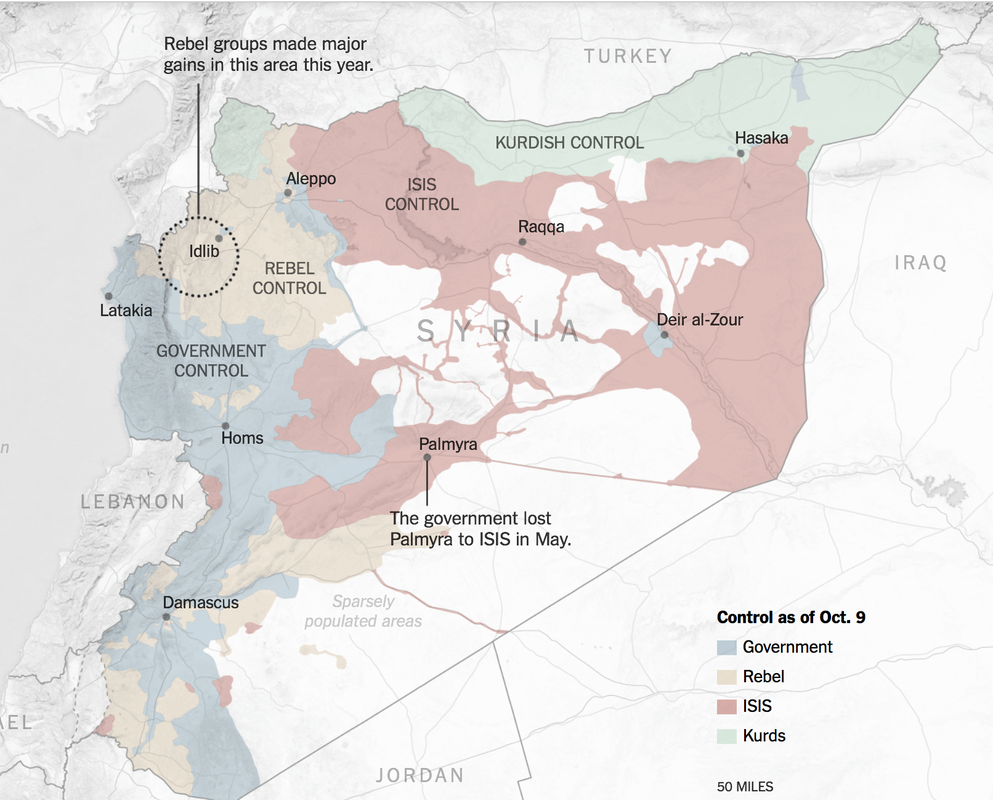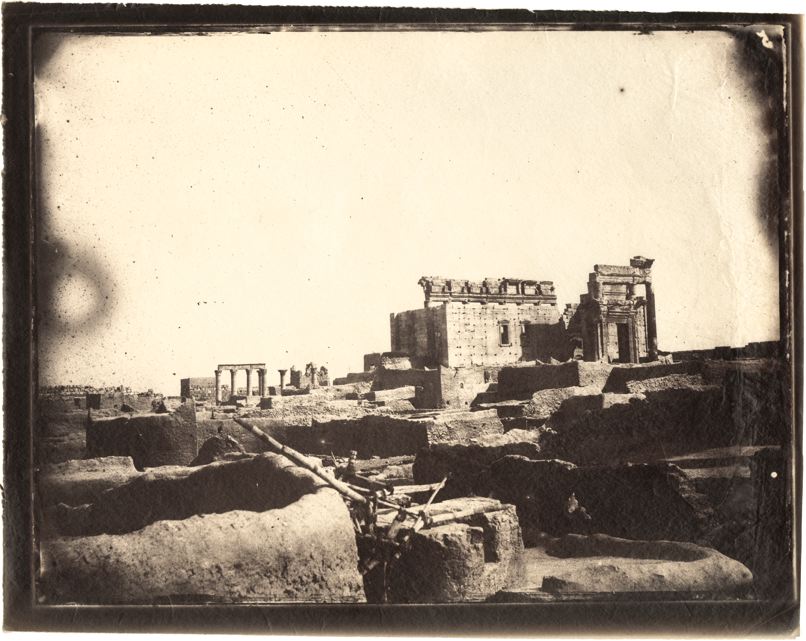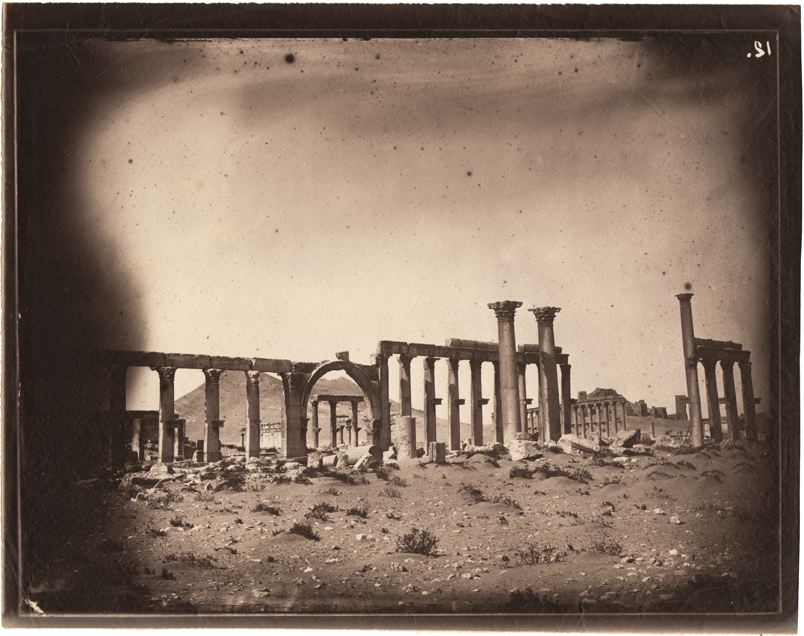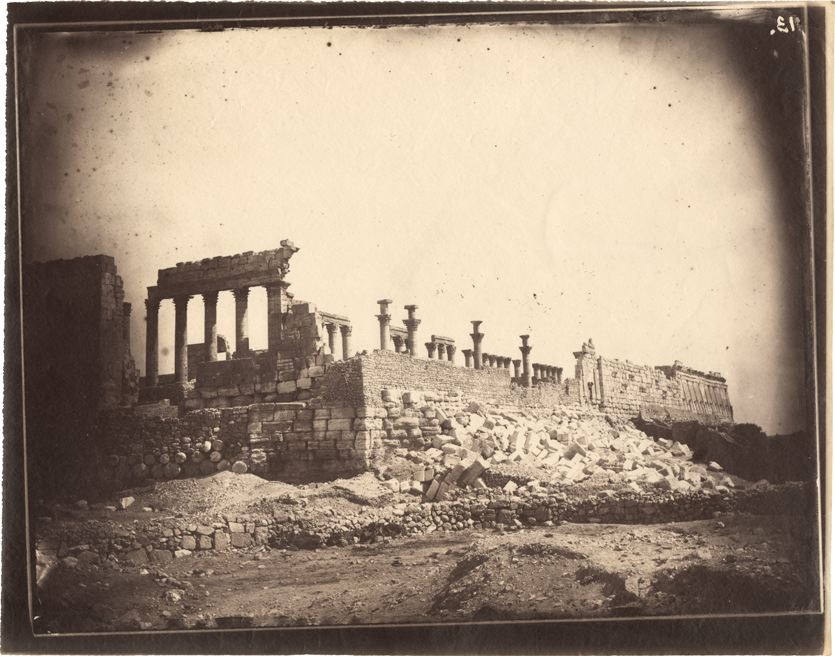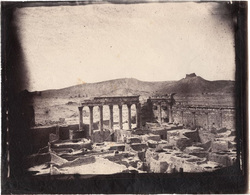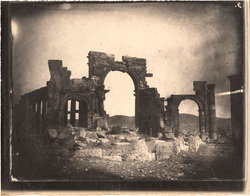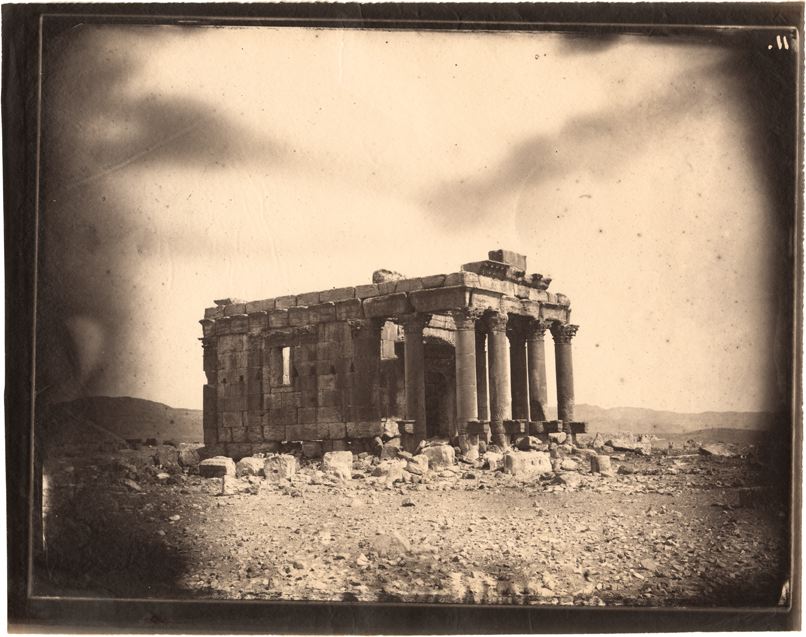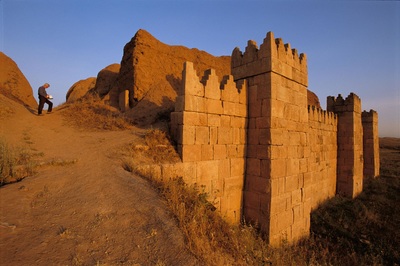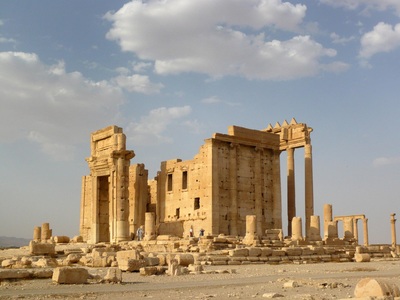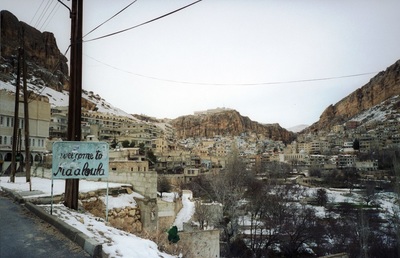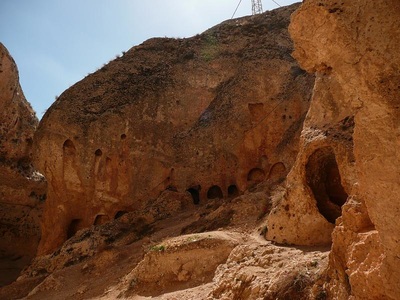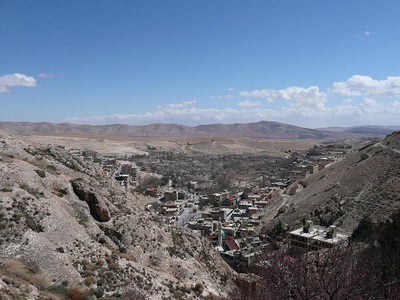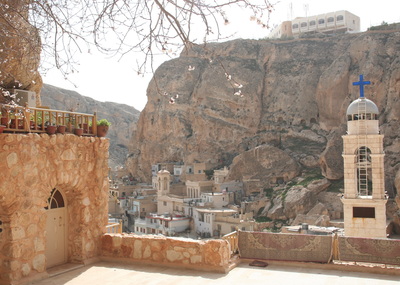VISUALIZING THE DESTRUCTION
In the aftermath of ISIL's attacks on cultural heritage effort has been made to document both the destruction of cultural heritage and gather images of the sites prior to the attacks. In order to effectively understand how we can rebuild, restore, and renew the affected sites it is vital to put together an understanding of where and how they have been targeted.
|
|
|
|
Palmyra, Syria (1864)
The images above reflect a new acquisition by the Getty Research Institute, a set of 47 photographs of sites around Syria and Lebanon. The photos were taken during the 1860s by a French naval officer, Louis Vines. The prints include images of Palmyra’s colonnade, the tombs bordering the city, and the Temple of Bel and the Temple Baal Shamin, which were both destroyed in the past few months. View more via the Getty Research Institute, above.
|
We, in the ages lying |
A CASE OF INTANGIBLE CULTURAL HERITAGE: MA'LOULA, SYRIA
In parts of Syria, Western Aramaic has been persisted through oral tradition--sustaining a cultural relic that has preserved the language of the Bible. The community of Ma'loula, Syria represented one of the few such areas where Aramaic continued to be spoken. Yet at the onset of the Syrian Civil War in 2013, the community came under violent attack from Jabhat Al-Nusra, the regional affiliate of Al Qaeda in Syria. Heavy shelling and conflict displaced hundreds, who fled the unstable local conditions. Below we present visual and audio representations of the community prior to the conflict.
